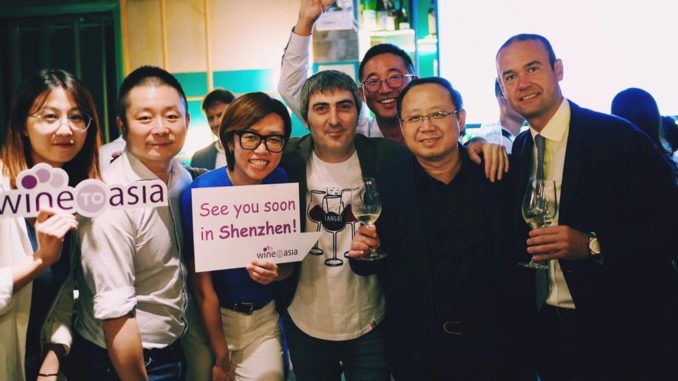
I rarely attend trade fairs but am intrigued by Wine to Asia, slated for November 20 to 21 in Shenzhen. Why? Shenzhen is a hub for extending influence elsewhere in China. I’m told the lineup not only covers major wine sources like Italy, Spain and Chile but also niches such as natural wine and Chinese wine. The exhibitors’ booth cost is rmb9800 for two days, which sounds fair. And one of the organizers, Simone Incontro of Veronafiere, is lots of fun. As a follow-up to last Friday’s general post about Wine to Asia, I asked Incontro for more details.
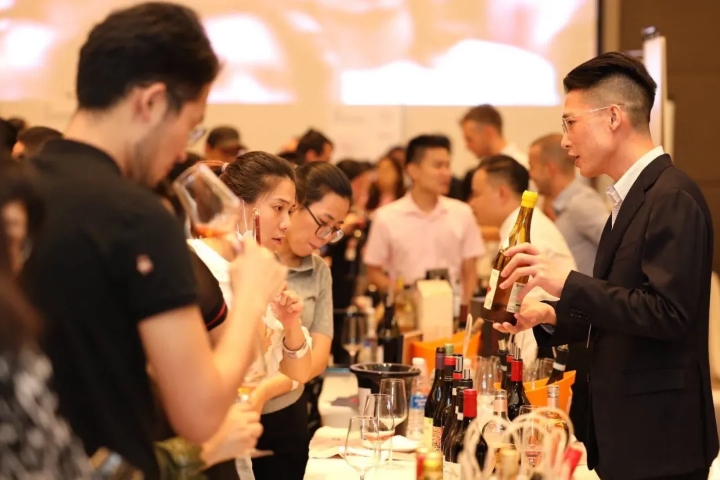
There are so many wine shows in China. What’s different about Wine to Asia?
“Just another fair” is an easy reaction from wineries or importers. Almost every major city almost every month has a wine show. And organizers usually focus on how many booths they can sell, how many square meters, rather than new ideas and content. In the era of COVID-19, this may turn out to be a trap.
How will Wine to Asia avoid that?
We aim to bring back the real meaning of a trade show. Wine to Asia is a joint venture between a 120-year trade show company from Italy, Veronafiere, and a young Shenzhen-based company that has been successful in Chengdu, Shenzhen Pacco, headed by our partner Alan Hung.
Even in digital times, attending a trade show is still important. Why? For exhibitors, it is useful for networking, exchanging knowledge, contacting potential customers and improving your identity and brand. Meeting offline allows you to better know potential business partners. For exhibitors, that mostly means buyers.
Our experience in China and our joint events, such as the Vinitaly China road show, G100 road show and annual Chengdu fair, gave us the opportunity to build a national database of buyers. Wine to Asia is also late in the year and is good for people still seeking to sell or buy brands before Chinese New Year.
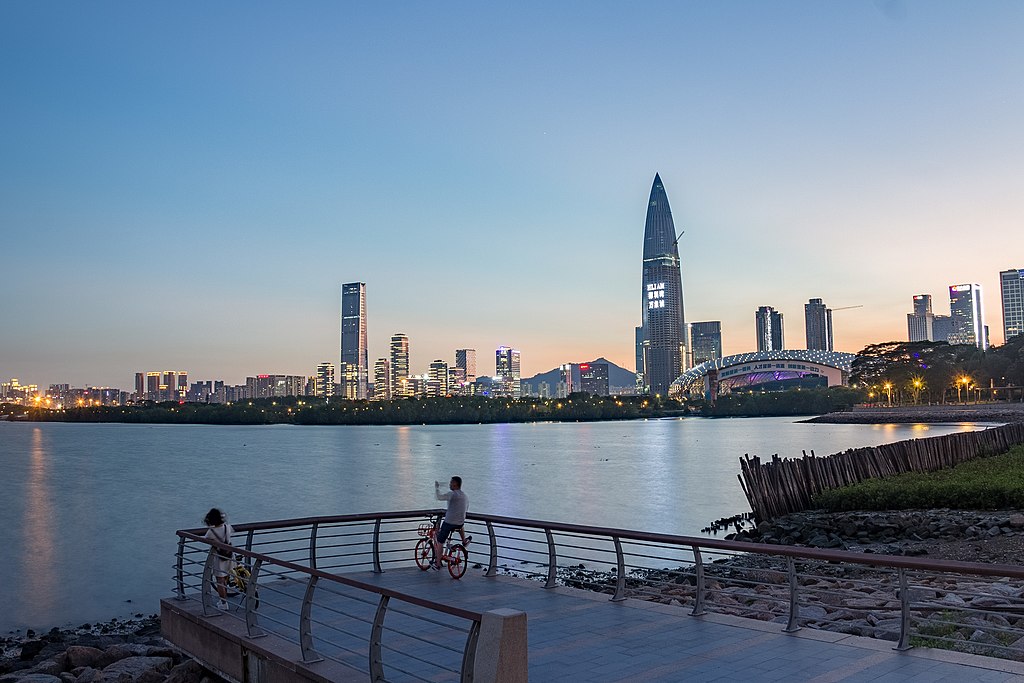
Wine 2 Asia is in Shenzhen. What made you choose this city instead of, say, Hong Kong, Shanghai, Beijing, Guangzhou or Chengdu?
For me, Shenzhen represents the future of this country. And together with Chengdu, I think it is one of the most interesting cities.
Shenzhen is the most dynamic city of the Greater Bay Area and some of Asia’s most innovative companies are based there. There are young people everywhere and the city serves as a base for extending influence throughout China.
I saw there is a special natural wine area. What exactly does “natural wine” mean?
An exact definition is difficult. Even natural winemakers disagree about what natural wine means.
We called our area Living Wine, inspired by Isabelle Lageron‘s book, “Natural Wine: An Introduction to Organic and Biodynamic Wines Made Naturally.” Lageron writes, “The result (of natural wine) is a living wine–wholesome and full of naturally occurring microbiologyâ€.
YZ Jin, a Shanghai-based designer from Wenzhou and a great natural wine lover, created the idea and key visuals of Living Wine. Then we sought the best people to bring wines.
Last year, I went to a natural wine festival called Ziran in Shanghai and saw these guys working with such passion and vision. I thought it would be wonderful if they could join us at Wine to Asia and they have agreed to come.
Most cool wine bars in Shenzhen, Shanghai, Beijing and Guangzhou have a natural wine focus, and more and more traditional wine importers are also starting to get to know and buy natural wine. I think natural wine is one of the most interesting trends in Asia right now.
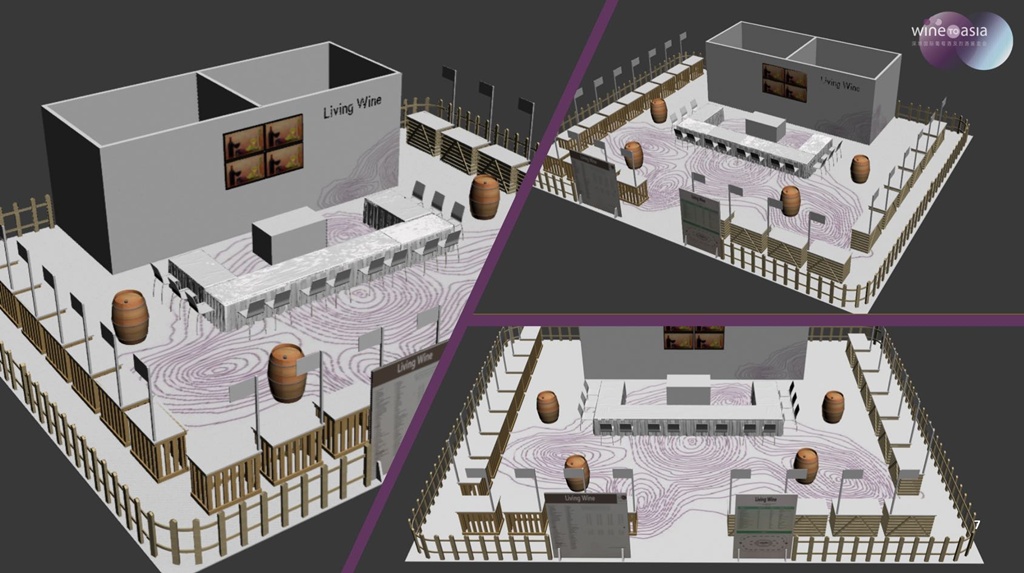
What else do you have lined up so far for this fair?
We are planning cool master classes focused on Slovenian orange wines, on Marselan from different regions of China, on Burgundy, Franciacorta, Rioja, spirits and more. We will also have a forum organized by a professional I admire very much, Michelle Liu, focused on consumer wine trends in China.
Say I’m a small importer / distributor who wants to join the fair? What benefits do I get if I pay rmb9,800?
Besides the Rioja and Living Wine areas, we have standard booths. Every exhibitor gets the same opportunity in terms of space and visibility. That gives smaller good-quality importers a great chance to present themselves.
Our experience at Kempinski Hotel and Shangri-la Hotel during the annual Chengdu fair, and our three years of roadshows, helped us understand the importance of professional high-quality buyers. It also taught us that the China market constantly changes, that buyers shift in terms of the style and taste of wines they seek. Our strategy is to study these changes and bring the best buyers to the fair.
As I repeat often to our leaders in Verona, this show is the most up-to-date work of our ongoing efforts in China.
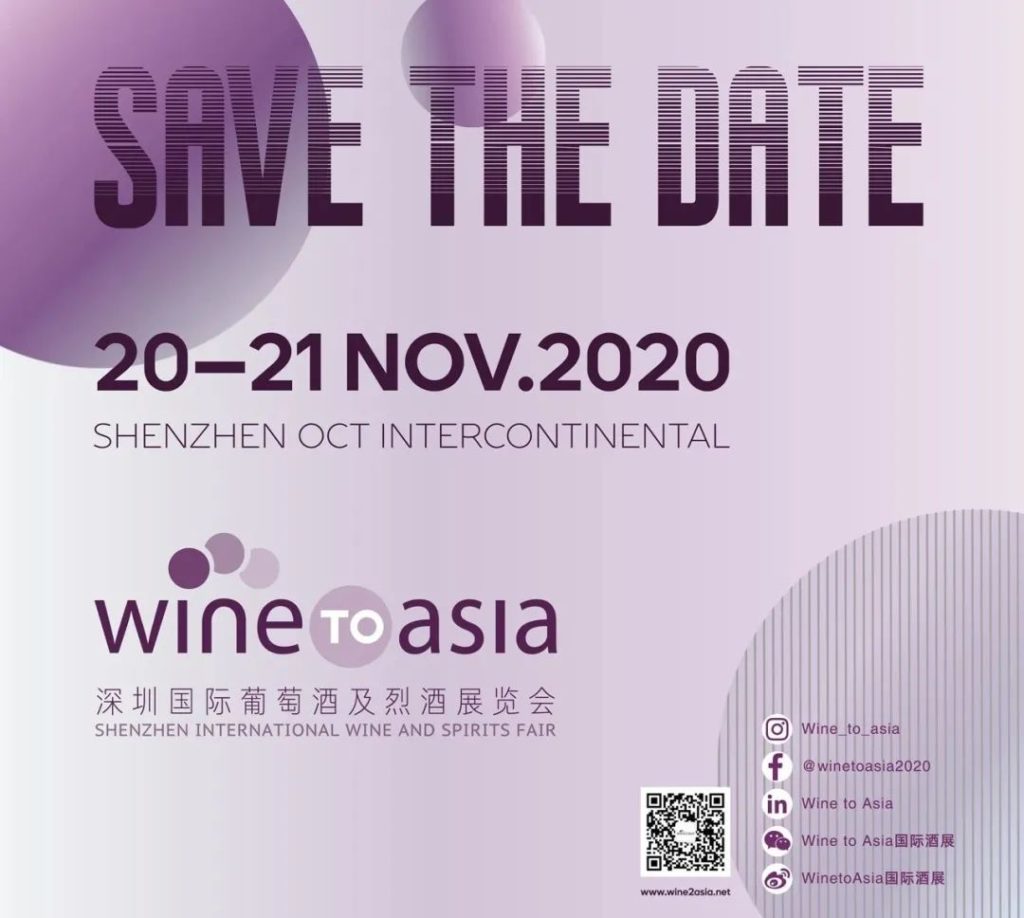
Grape Wall has no sponsors of advertisers: if you find the content and projects like World Marselan Day worthwhile, please help cover the costs via PayPal, WeChat or Alipay.
Sign up for the free Grape Wall newsletter here. Follow Grape Wall on LinkedIn, Instagram, Facebook and Twitter. And contact Grape Wall via grapewallofchina (at) gmail.com.

Leave a Reply
You must be logged in to post a comment.